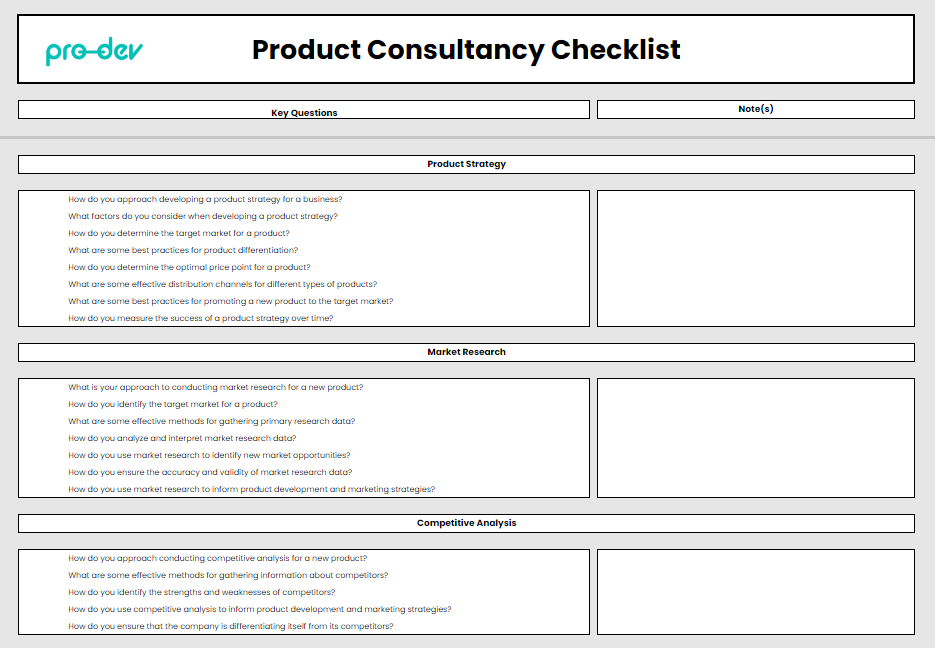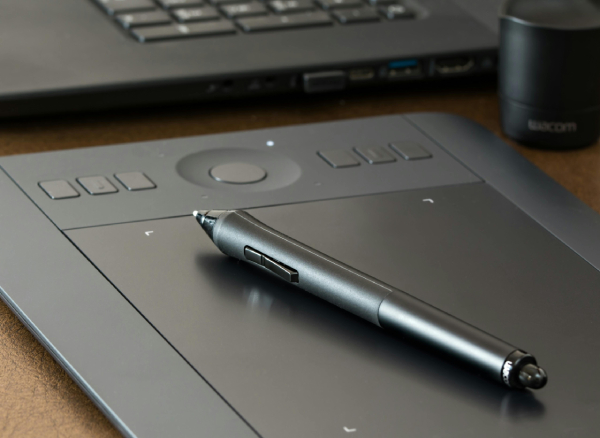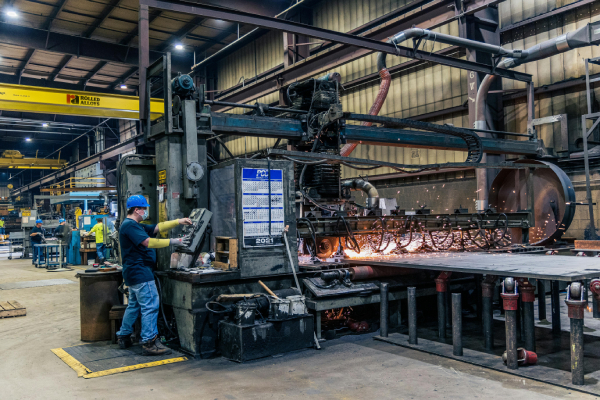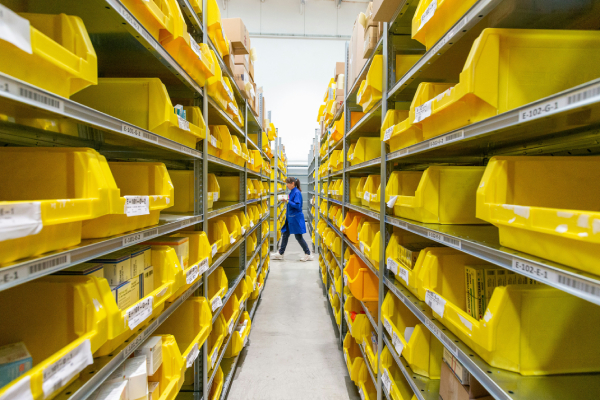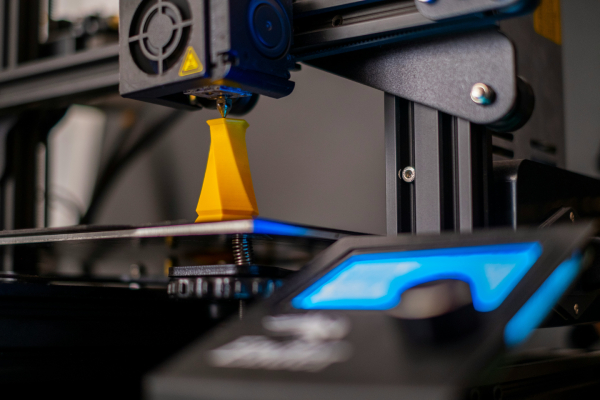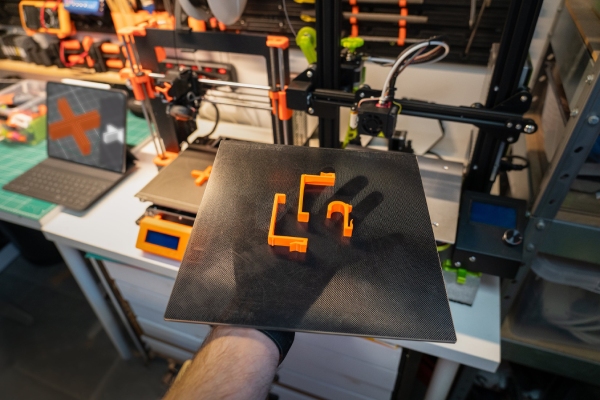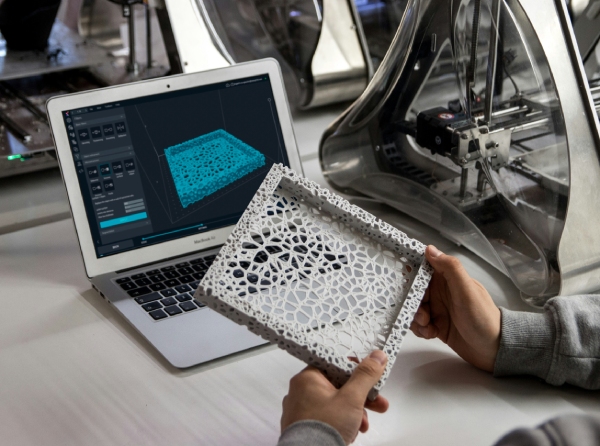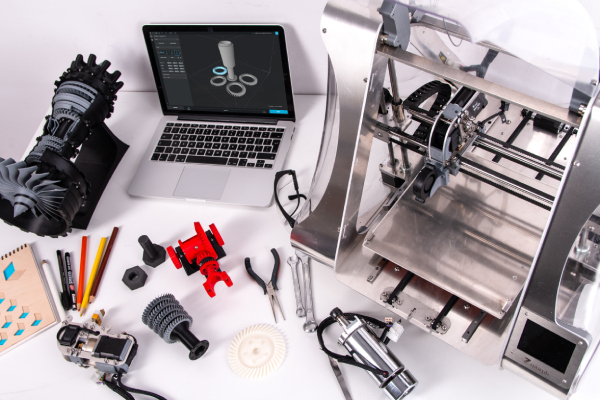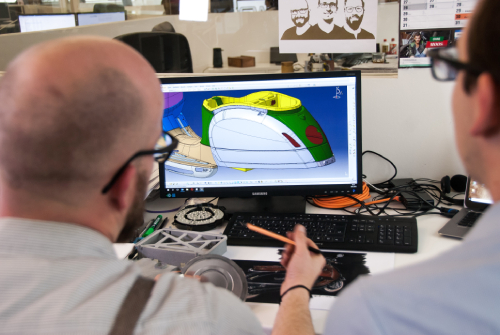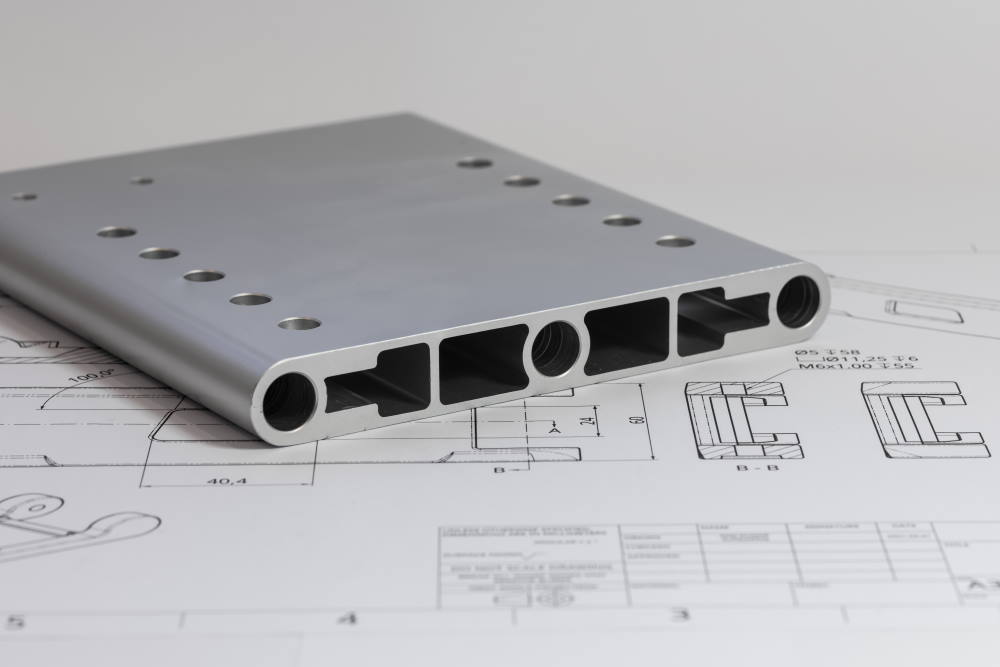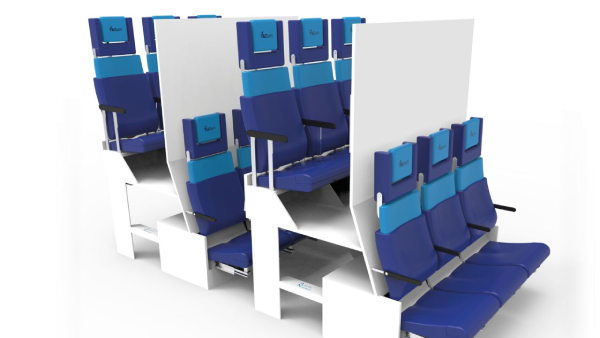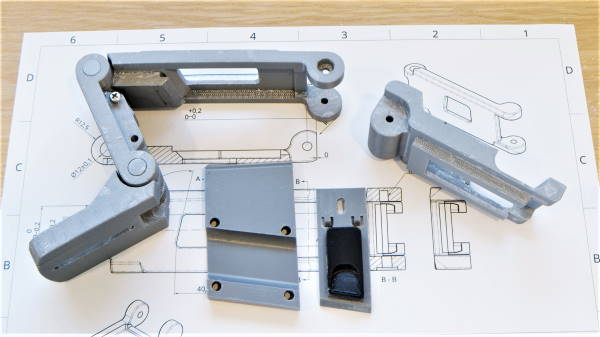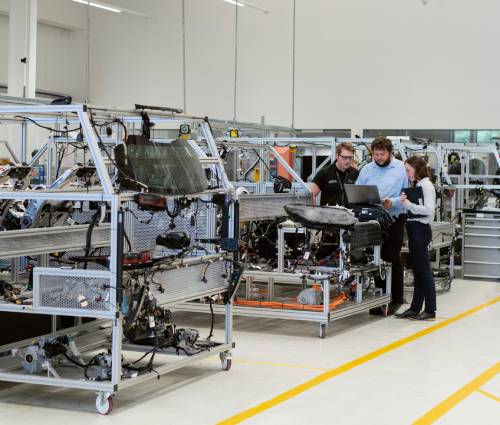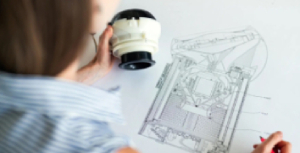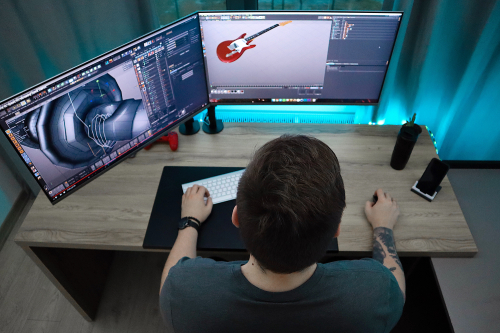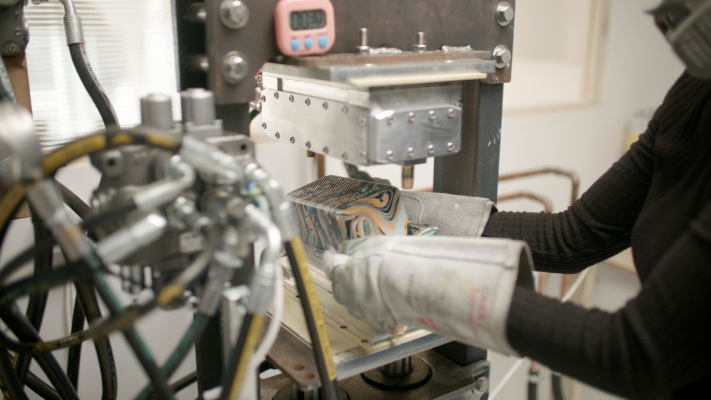
Getting a product design to work in the real world is often the least of one’s worries. Often, the bigger challenge is designing a product in such a way that facilitates its manufacture and, therefore, its market competitiveness.
Design for Manufacturability (DFM) is a process framework that addresses this challenge. The main objective of DFM is to design products in a way that facilitates their manufacturing, often with the ultimate goal of reducing the baseline resources needed to fabricate them to a given standard. In most instances, following good DFM principles is key to scaling up manufacturing operations without a loss in quality.
Below, we’ll delve into the ideas that underpin DFM. Depending on your location, if you’re interested in learning more about Design for Manufacturability, feel free to get in touch with experts in industrial design Sydney-based manufacturers depend on.
Key Principles of DFM
Over the years, multiple competing Design for Manufacturability frameworks have emerged. However, most of them adhere to the key principles below:
1. Design Simplicity
Streamlining designs to facilitate easy assembly is a fundamental principle of DFM. A simpler assembly process reduces labour costs and minimises the risk of errors during manufacturing.
2. Material and Component Standardisation
DFM emphasises the standardisation of materials and components. Standardisation enables economies of scale and vastly simplifies inventory management, reducing costs and limiting the number of errors that come up in manufacturing.
3. Part Count Reduction
All other things being equal, fewer parts mean fewer assembly steps, simpler supply chains, and reduced warehousing and storage costs. These all ultimately reduce production costs and often contribute to a more robust product.
DFM emphasises the standardisation of materials and components. Standardisation enables economies of scale and vastly simplifies inventory management, reducing costs and limiting the number of errors that come up in manufacturing.
4. Minimising Steps in Manufacturing
Reducing the complexity of manufacturing operations involves more than just designing products with fewer parts. Reducing the number of steps involved in manufacturing is just as critical. By minimising the number of operations required during assembly, errors can be reduced, and the overall production time can be shortened.
6. Iterative Improvements
DFM is iterative, allowing for continuous improvement throughout the product development and manufacturing processes. This allows it to accommodate changing requirements, technological advancements, and any adjustments made due to feedback from various stages of the production cycle.
DFM Examples
The effects of DFM frameworks have significantly affected the world we live in. However, while these impacts are clear to industrial designers and engineers, they’re not always obvious for laypeople. Fortunately, there are numerous examples of DFM that could be found in everyday manufactured products:
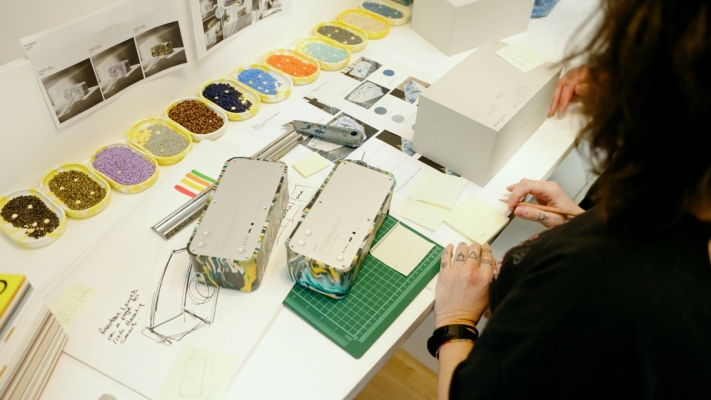
- Snap Fits in Component Joints. Contemporary household items tend to make more extensive use of snap-fit fastening than comparable items made in previous generations, which tend to use more screws. While designing snap-fit closures requires more precision in the design stage, utilising snap-fits in components saves time and money, reduces material costs, and enhances ease of assembly, usually without impacting the overall quality of a product.
- Ergonomics. DFM can be used to help optimise the shape and geometry of products for a given need, particularly in response to customer feedback. Products made from plastic and other polymers are notably becoming trending towards more functional and ergonomic forms with time, in part thanks to DFM methodologies.
- Part Consolidation. Developing new parts that take over the role of two or more older components is a classic application of DFM. The number of parts used in modern product designs has steadily become lower thanks to developments in computer-aided design and additive manufacturing technology.
Benefits of DFM
DFM is associated with a vast array of benefits for manufacturers, not limited to the ones presented below:
1. Simplified Production
Using DFM as a framework from the onset of product development can vastly reduce the challenges associated with manufacturing. This added ease can facilitate worker training, shorten production cycles, and improve overall production efficiency.
2. Cost Savings
Products designed with DFM principles tend to incur lower production costs. These lower costs ultimately allow manufacturers to expand profit margins and become more competitive in the global market.
3. Higher Product Quality
The beauty of DFM is that it can facilitate quality improvements even as it brings down production costs. The continuous design refinement enabled by the framework not only delivers more cost and process efficiencies but also contributes to a higher overall product quality, over time.
4. Faster Time-to-Market
The shorter ramp-up and production cycles enabled by DFM make it possible for manufacturers to quickly offer products to the market. Just as importantly, it also enables any product improvements to be rolled out faster.
5. Error Detection and Removal
DFM helps in catching and removing faults early in the design phase, preventing issues from manifesting in finished products. Additionally, the iterative nature of DFM also ensures that errors are continually found and addressed throughout the product development and manufacturing processes.
6. Improved Worker Safety
Lastly, the implementation of a DFM framework can ultimately lead to safety benefits on the production floor. With fewer parts and processes to manage, workers can devote more of their attention to making sure that products are made safely and correctly.
Unlocking the Benefits of DFM
Design for Manufacturability empowers businesses to efficiently build cost-effective products without skimping on quality or worker safety. However, it isn’t necessarily a framework that all manufacturers are ready to apply on their own. Reimagining the designs of extant products and prototypes and making them ready for manufacturing at scale requires investing in the right expertise.
Fortunately, embracing DFM is simpler than ever, thanks to the presence of specialised design firms. By engaging with the right team, your business can soon begin minimising resource waste while still delivering products that meet both market demands and rigorous manufacturing standards.
